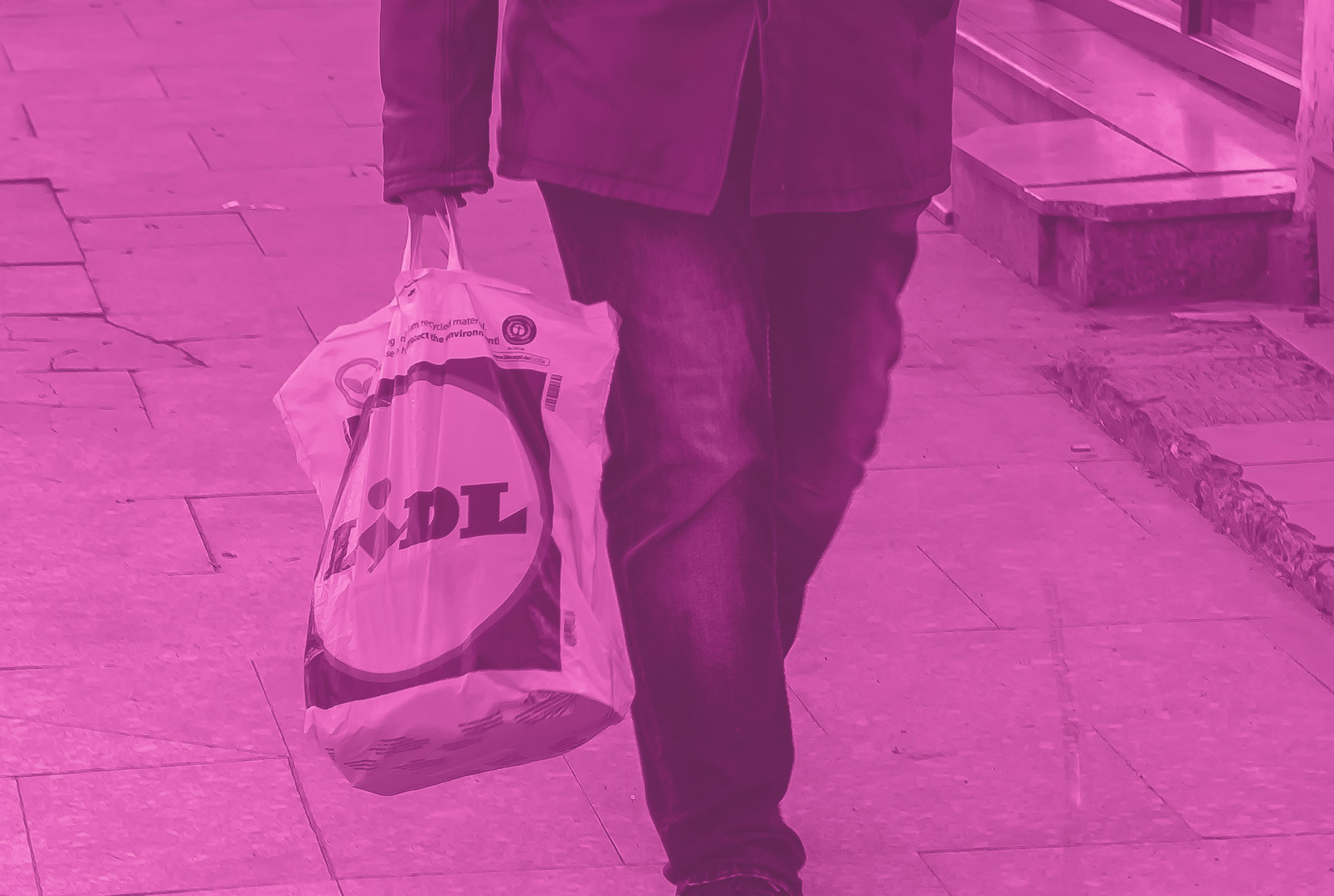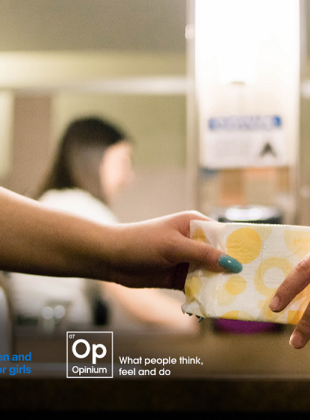Brand expert view – Lidl

Last year Lidl celebrated 25 years of trading in the UK; it has now grown to over 760 stores. Along with fellow continental interloper Aldi, Lidl has steadily chipped away at the ‘big four’ – Tesco, Sainsbury, ASDA and Morrison’s – commanding nearly six percent of the grocery market. And unlike any of the ‘big four’ store brands, Lidl’s market share has grown consistently over the past ten years, adding over 600,000 new shoppers in the last year alone.
Lidl’s early success was down to keen pricing, but last year the firm added another string to its bow – quality. The store brand trumpeted a clear product quality claim ‘Big on quality; Lidl on price’, supported by a £70 million integrated communications campaign. Marketing Director Claire Farrant said at the launch: ‘we want to make it really clear we are big on quality’. The claim is supported by visible accreditations from the RSPCA and Red Tractor, together with a Retail Industry Award winner’s badge for fresh produce quality. The success of the repositioning is the key to Lidl’s high Most Connected Brands ranking – a recent Which? retail survey (May 2020) found that ‘quality of fresh products’ is one of the most important factors for consumers when choosing where to shop.
The same Which? survey ranked Lidl fourth in customer satisfaction amongst supermarkets – one of only two brands to score a maximum of five out of five for value for money (value for money expressed as high quality and low prices). So, the store is delivering on its stated promise – always a good way of winning and keeping customers!
The brand has found other ways to connect with British consumers; stores and promotions sport a liberal use of Union flags to signal domestic produce (two thirds of Lidl’s products are sourced from British suppliers – which may be helpful as Brexit impacts). And the pun in the strapline of Lidl as meaning ‘little’ gives the name an Anglo-Saxon feel.
So, what about the future? Missing from Lidl’s brand armoury is an online proposition. Consumers were slowly migrating to online grocery sales pre-Covid-19, but unsurprisingly since the pandemic grocery deliveries have increased dramatically, rising to 10% of the total sales this April – and they are forecast to grow faster. Most of Lidl’s competitors have online offerings and recently comparator Aldi teamed up with Deliveroo. Rumours persist that it is tough to make profits from online groceries – but missing out gives share to competitors. Watch this space for Lidl’s response.
Secondly, whilst Lidl scores highly on value, the shopper experience is poor with long queues, scarce staff availability and average-at-best store appearance. Can Lidl address these weaknesses without needing to increase prices?
And finally, the company is operating in one of the most competitive sectors – a market which sports wafer-thin margins. How does it continue to differentiate from the competition – and replicate last year’s successful ‘Big on quality: Lidl on price’
initiative?
Download the full report at www.mostconnectedbrands.com




